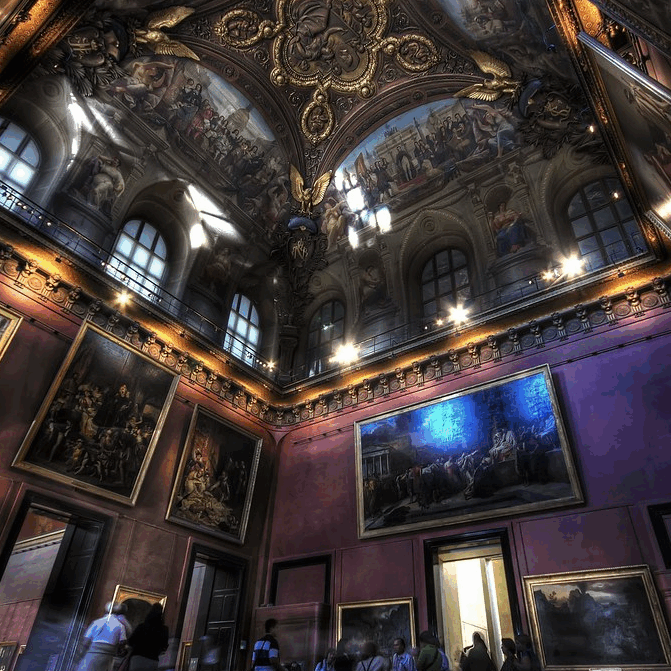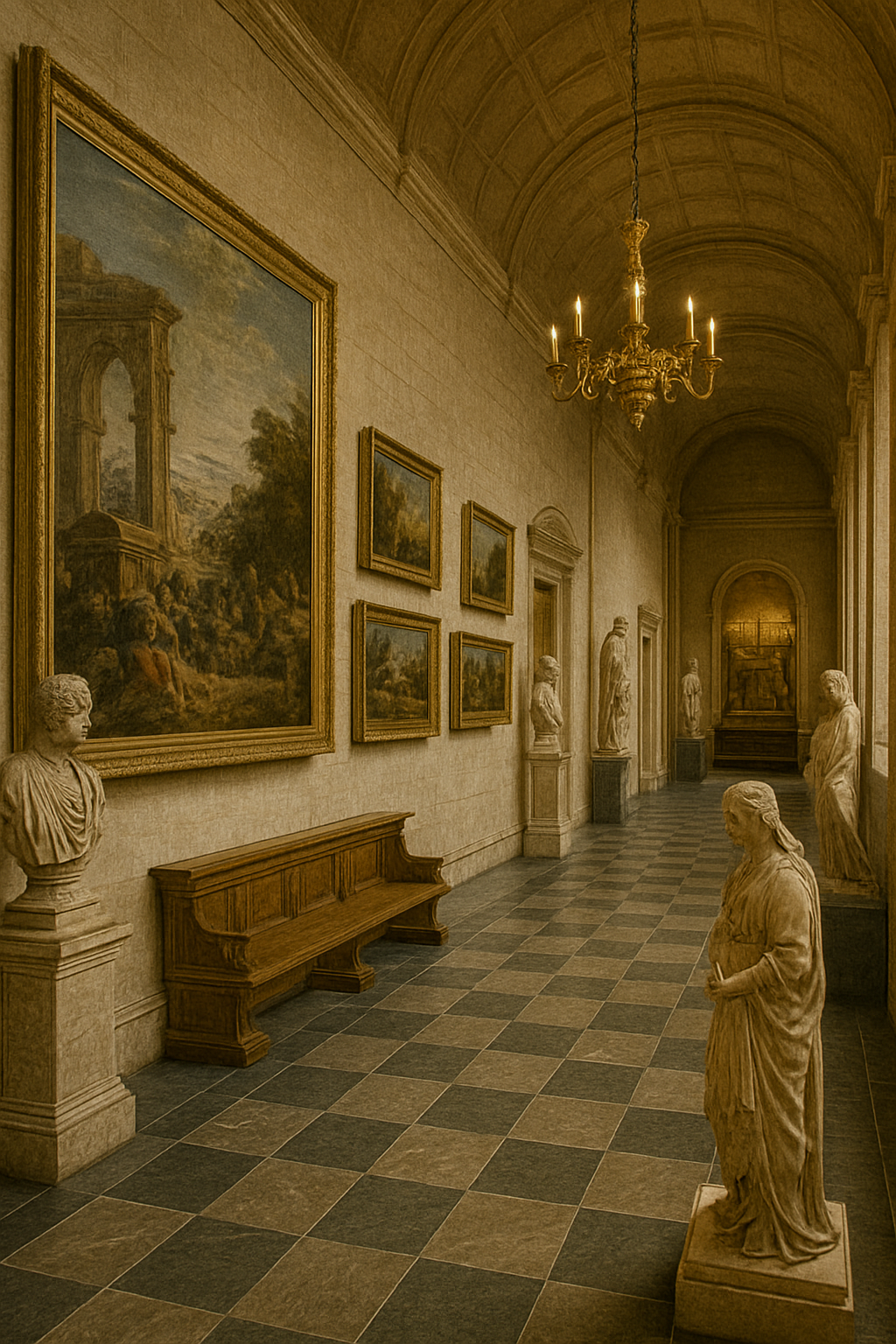In Europe, history isn’t just something you read about — it’s something you walk through. From medieval castles to Baroque palaces, the continent offers countless opportunities to experience art in spaces that have lived many lives. These settings add an additional layer of meaning to the art they house, creating a rich dialogue between past and present.
One of the most captivating examples is The Uffizi Gallery in Florence. Housed in a 16th-century administrative complex designed by Giorgio Vasari, the building itself is a masterpiece of Renaissance architecture. As you move from one frescoed room to another, viewing works by Botticelli, Caravaggio, and Raphael, the experience becomes a full immersion into history — where art is not only on the walls, but in the very bones of the structure.
In Vienna, the Belvedere Palace offers a stunning blend of aristocratic grandeur and cultural significance. Once a summer residence for Prince Eugene of Savoy, the palace now displays Austrian art from the Middle Ages to the present day, including the world’s largest collection of works by Gustav Klimt. The opulent halls and ceiling frescoes provide a dramatic contrast to modernist and expressionist pieces, enriching the visual and emotional experience.
Madrid’s Museo del Prado, situated in a neoclassical building commissioned by Charles III, is another example of how historical architecture enhances the act of viewing art. Its collection — heavy with Spanish masters like Velázquez and Goya — resonates even more deeply when experienced within the solemn, temple-like architecture designed for national prestige.
In Edinburgh, the Scottish National Gallery occupies a majestic neoclassical structure overlooking Princes Street Gardens. While the building evokes the order and elegance of the Enlightenment, its collection spans centuries and includes major works by Rembrandt, Turner, and Van Gogh. The interplay between the historical setting and the universality of the art creates a reflective, almost contemplative atmosphere.
Some of the most unique experiences come from less traditional venues. In Kraków, the MOCAK Museum of Contemporary Art is built next to the site of the former Oskar Schindler Factory. While the building is modern, its proximity to such a charged historical location lends weight to the socially engaged art within. The past is not only remembered — it is felt.
The Palazzo Grassi in Venice offers another compelling contrast. This 18th-century palace, located along the Grand Canal, has been converted into a sleek space for contemporary art under the Pinault Collection. The tension between ornate marble staircases and avant-garde installations creates an arresting duality that underscores the evolving role of art in society.
These museums invite a different kind of engagement. The architecture, with its layers of history, becomes part of the narrative. Visitors are not just looking at art — they’re navigating time, tracing the marks left by generations, and reconsidering how space informs meaning.
For culturally curious travelers, this blend of art and architecture offers something special. It transforms a museum visit into a journey — not just through galleries, but through centuries. The past surrounds you, the present speaks to you, and together they shape an experience that is as intellectual as it is emotional.

